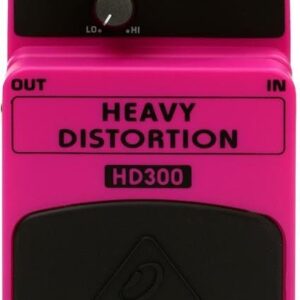Description
The Behringer FX600 Digital Stereo Multi-FX Pedal is currently retailing at £29.99 and it is in stock. Available to be delivered to you by post direct (some charge may apply).The team at Just Pedals think that Behringer nailed it with the Behringer FX600 Digital Stereo Multi-FX Pedal. Behringer FX600 Digital Stereo Multi-FX Pedal






















